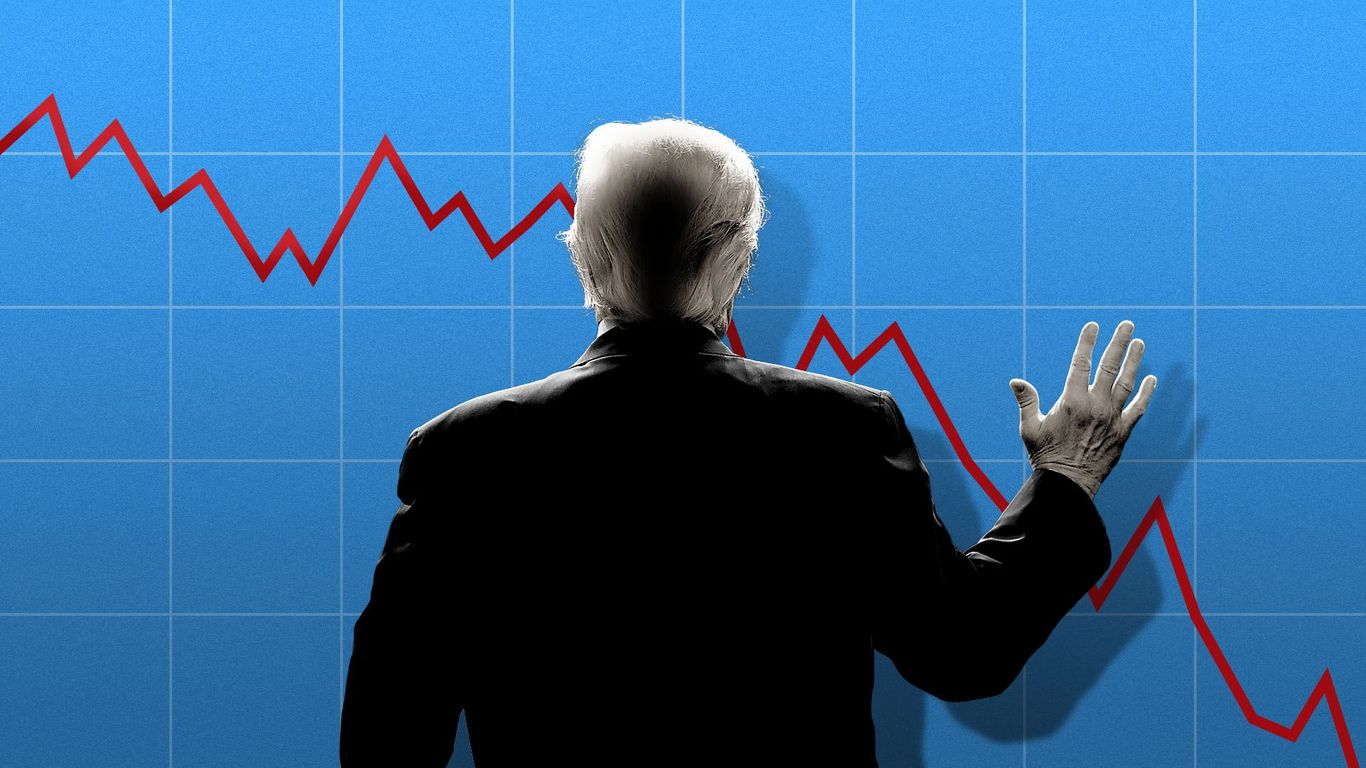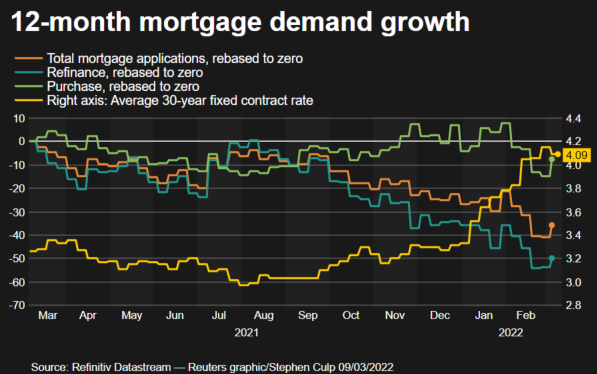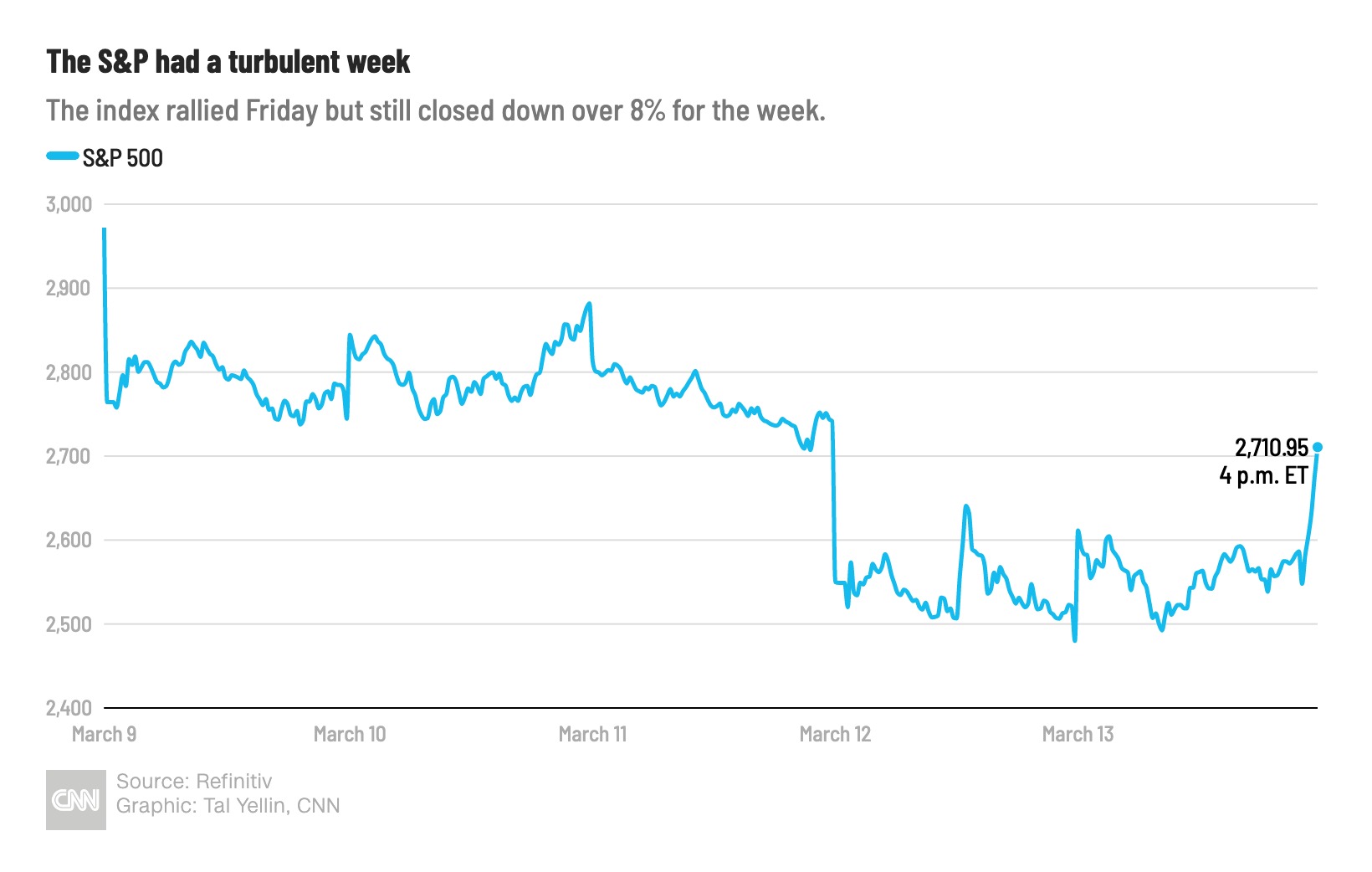The Distributional Effects Of Trump's Economic Goals

Table of Contents
Tax Cuts and Their Impact on Income Inequality
The 2017 Tax Cuts and Jobs Act (TCJA) served as a cornerstone of Trump's economic agenda. This legislation significantly altered the US tax code, leading to considerable debate regarding its distributional effects. The TCJA's impact on income distribution is a complex issue, requiring careful examination of its various provisions.
The 2017 Tax Cuts and Jobs Act: A Deep Dive
The TCJA implemented substantial cuts across the board, including reductions in individual income tax rates, the corporate tax rate (from 35% to 21%), and changes to deductions and credits. However, the benefits were not distributed equally.
- High-income earners received significantly larger tax cuts: A considerable portion of the tax benefits flowed disproportionately to the wealthiest Americans, leading to an increase in the after-tax income gap.
- Corporate tax cuts and the trickle-down effect (or lack thereof): While proponents argued that corporate tax cuts would stimulate investment and job creation, leading to higher wages for all, evidence of a substantial "trickle-down" effect remains inconclusive. Some studies suggest that these cuts largely benefited shareholders and executives, not workers.
- Increased income inequality: Data from the Congressional Budget Office and other independent sources indicate that the TCJA widened the gap between high- and low-income households, contributing to an already existing problem of economic inequality.
Analysis of Winners and Losers
The TCJA's winners were largely high-income individuals and corporations, who experienced substantial reductions in their tax burdens. Losers included many lower- and middle-income households who received smaller tax cuts or saw some deductions eliminated.
- The wealthy: The wealthiest 1% saw the largest tax cuts, significantly boosting their disposable income and contributing to a further concentration of wealth.
- The working class and small businesses: While some small businesses benefitted, many others experienced limited or no tangible relief, while facing increased competition from larger corporations benefiting from the corporate tax cuts.
- Long-term consequences: The long-term consequences of these tax cuts on wealth distribution are still unfolding, but early evidence suggests a widening gap between the rich and the poor.
Trade Policies and Their Distributional Consequences
Trump's trade policies, characterized by tariffs and trade wars, significantly impacted various sectors of the US economy, creating both winners and losers. The distributional effects of these policies were far-reaching and complex, affecting different regions and industries unequally.
Tariffs and their Impact on Manufacturing and Agriculture
Trump's imposition of tariffs, particularly on goods from China, led to retaliatory tariffs from other countries, creating a complex web of trade disruptions.
- Job losses in specific sectors: The steel and aluminum industries, initially perceived as beneficiaries, faced job losses due to reduced global demand for their products. Retaliatory tariffs also negatively impacted agricultural exports, affecting farmers in particular.
- Higher prices for consumers: Tariffs increased the cost of imported goods, leading to higher prices for consumers and reduced purchasing power, especially impacting low- and middle-income households.
- Regional disparities: Agricultural states faced severe hardship due to retaliatory tariffs on agricultural products, while some manufacturing states experienced both benefits and drawbacks.
Winners and Losers in the Trade Wars
While certain domestic producers initially benefited from protectionist measures, the overall effects of the trade wars were largely negative.
- Certain domestic producers: Some industries, particularly those directly protected by tariffs, experienced short-term gains in market share.
- Consumers, farmers, and exporters: Consumers faced higher prices, farmers suffered from reduced export markets, and businesses relying on global supply chains experienced disruptions.
- International trade relationships and global supply chains: The trade wars damaged international relationships and disrupted global supply chains, leading to increased uncertainty and costs for businesses.
Deregulation and its Distributional Effects
The Trump administration pursued a significant deregulation agenda, impacting various sectors, including environmental protection and financial regulation. This deregulation had uneven distributional effects, with some communities and groups disproportionately impacted.
Environmental Regulations and Their Impact
The rollback of environmental regulations had significant distributional consequences.
- Low-income communities and communities of color: These communities are often located near polluting industries and are disproportionately affected by environmental hazards, facing increased risks to their health and well-being.
- Potential health consequences: Weakened environmental regulations lead to increased air and water pollution, resulting in higher rates of respiratory illnesses and other health problems.
Financial Regulations and Their Impact
Changes to financial regulations also carried distributional implications.
- Potential risks associated with deregulation: Reduced financial regulation can increase the risk of financial crises, potentially impacting vulnerable populations most severely. A lack of consumer protection could also lead to exploitation of low-income households.
Conclusion: Assessing the Legacy of Trump's Economic Goals on Income Distribution
Trump's economic policies had demonstrably uneven distributional effects. While certain segments of the population, particularly high-income earners and specific domestic industries, experienced benefits, many others faced significant hardship. The tax cuts widened the income gap, while trade policies led to job losses and higher prices for consumers. Deregulation potentially exacerbated existing inequalities, especially for vulnerable communities. The long-term implications of these policies on economic inequality and social mobility remain a subject of ongoing debate and research. Understanding the distributional effects of Trump's economic policies is crucial for shaping future economic strategies that promote a more equitable and inclusive society. Further analysis of the distributional effects of similar economic policies is essential for mitigating future negative consequences and fostering a more just and prosperous economy for all.

Featured Posts
-
 Razer Blade 16 2025 A Review Of Performance Portability And Price
Apr 22, 2025
Razer Blade 16 2025 A Review Of Performance Portability And Price
Apr 22, 2025 -
 Are High Stock Market Valuations A Cause For Concern Bof A Weighs In
Apr 22, 2025
Are High Stock Market Valuations A Cause For Concern Bof A Weighs In
Apr 22, 2025 -
 Live Stock Market Updates Dollar Slides Amidst Trade Tensions
Apr 22, 2025
Live Stock Market Updates Dollar Slides Amidst Trade Tensions
Apr 22, 2025 -
 500 Million Bread Price Fixing Settlement Canadian Hearing Set For May
Apr 22, 2025
500 Million Bread Price Fixing Settlement Canadian Hearing Set For May
Apr 22, 2025 -
 Stock Market Today Dow Futures Dollar And Trade War Impact
Apr 22, 2025
Stock Market Today Dow Futures Dollar And Trade War Impact
Apr 22, 2025
